Smartphones in Space! Photos of NASA's PhoneSats & More
Piecing Together PhoneSat Images

Although the ultimate goal of the PhoneSat mission was to determine whether a consumer-grade smartphone can be used as the main flight avionics for a satellite in space, the three miniature satellites (named Alexander, Graham and Bell) also took pictures of Earth and transmitted these “image-data packets” to multiple ground stations on Earth. [Read the Full Story]
Phonesat 1.0 Satellite
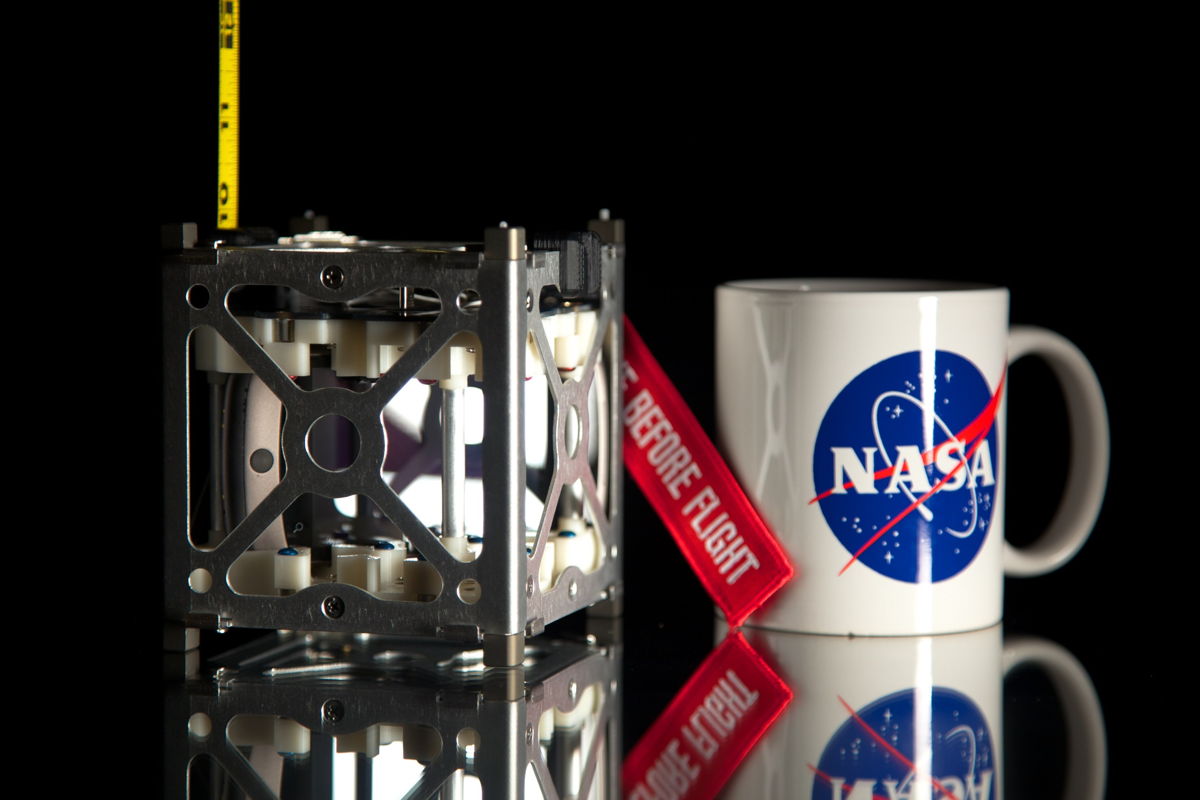
NASA's novel Phonesat 1.0 satellite is seen next to a coffee mug for size comparison. A trio of CubeSats makes up the innovative PhoneSat Project to be launched in 2013.
PhoneSat-2 (Graham) Nanosatellite Images

This image was pieced together by PhoneSat-2 (Graham) nanosatellite and the most recently reconstructed by the Ames Phonesat Team and multiple volunteer ham radio operators around the world. [Read the Full Story]
Antares Rocket Takes Off in Test Launch
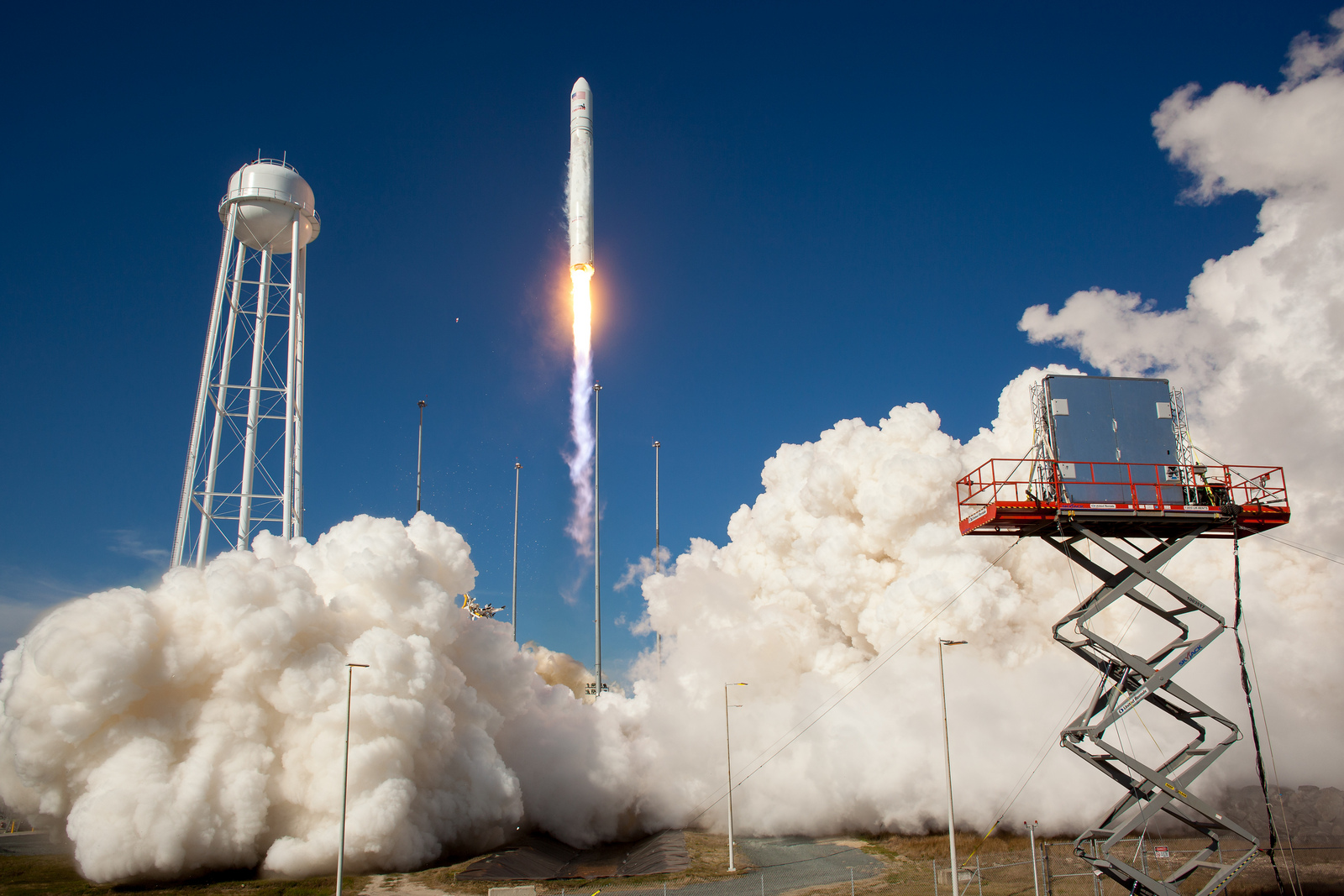
A trio of NASA PhoneSat satellites rides into space on Orbital Sciences' first Antares rocket. The third try was the charm for the private Antares rocket, which launched into space from a new pad at NASA's Wallops Flight Facility, its twin engines roaring to life at 5 p.m. EDT (2100 GMT) to carry a mock cargo ship out over the Atlantic Ocean and into orbit. The successful liftoff came after two delays caused by a minor mechanical glitch and bad weather.
PhoneSat: Small Backage, Big Science
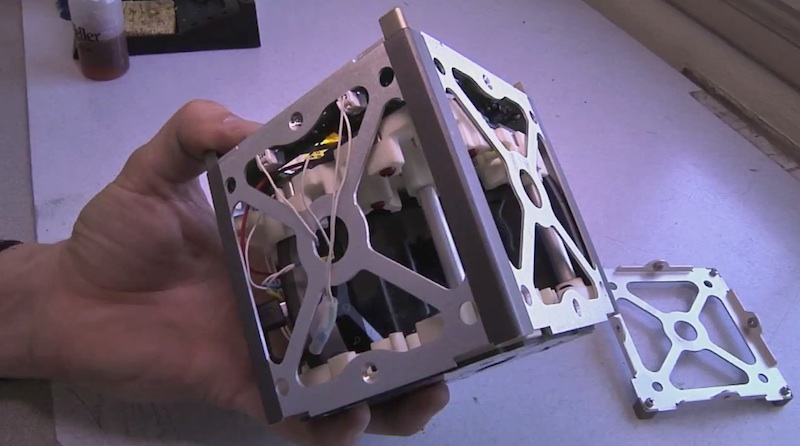
A NASA PhoneSat mission team member holds one of three PhoneSat prototypes built to test smartphone technology as the brains of tiny satellites.
PhoneSat Launch
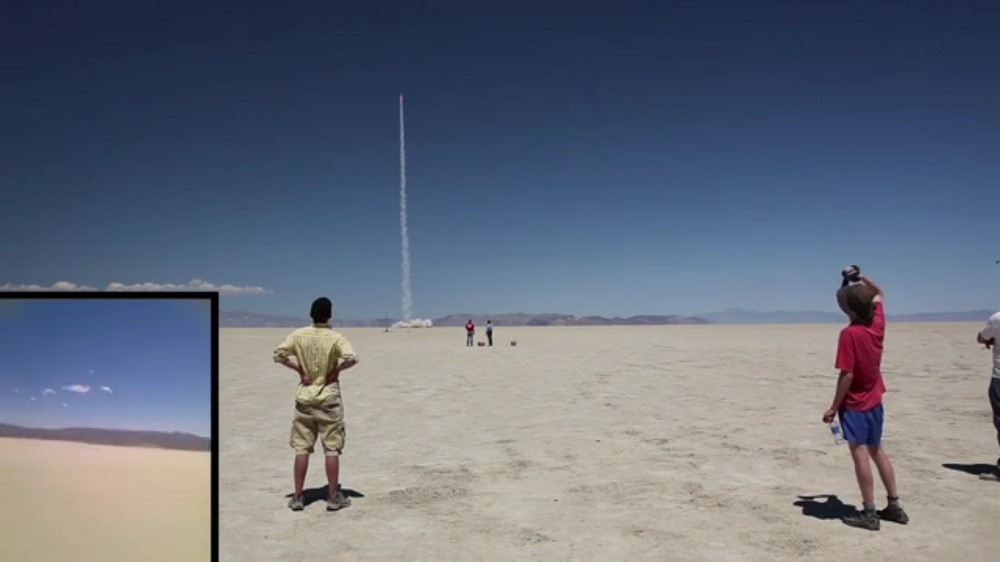
A rocket carrying the full PhoneSat payload launches during a preliminary test. The bottom left shows the view from the smartphone payload
PhoneSat Smartphone
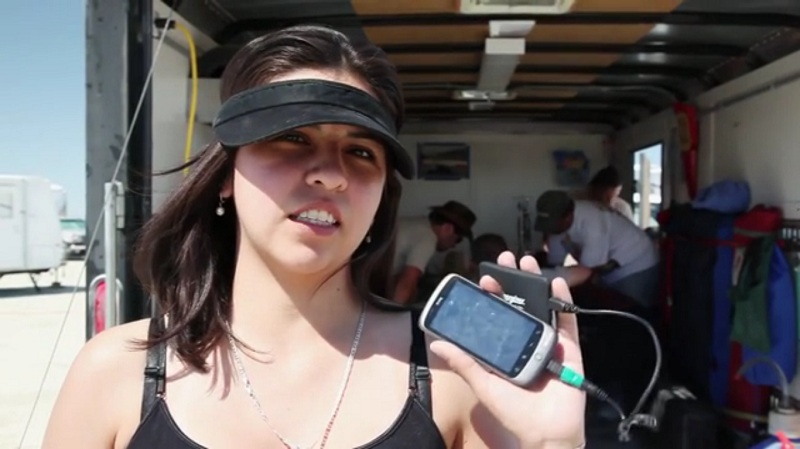
Carmen Felix of the PhoneSat Project holds up the smartphone flown during a rocket test.
Get the Space.com Newsletter
Breaking space news, the latest updates on rocket launches, skywatching events and more!
PhoneSat 1.0 Nanosatellite Balloon Test
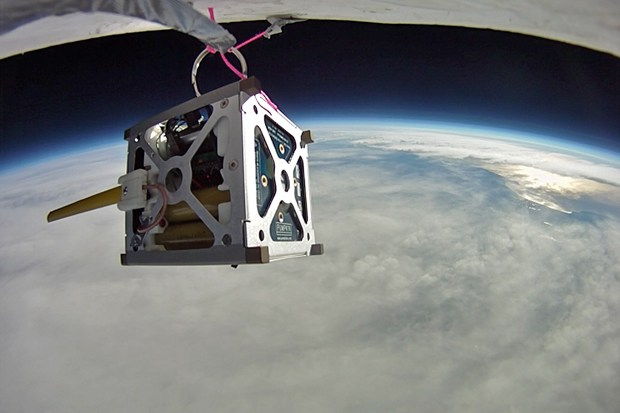
This NASA photo shows the compact PhoneSat 1.0 nanosatellite during high-altitude balloon test.
Strand-1
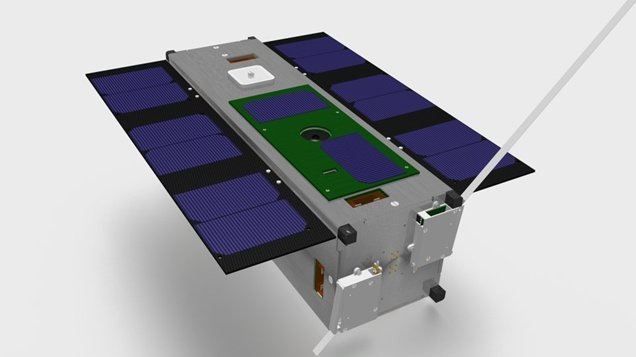
The unique and innovative satellite, called STRaND-1, is a 30cm CubeSat weighing 4.3kg.
British Android Smartphone Satellite
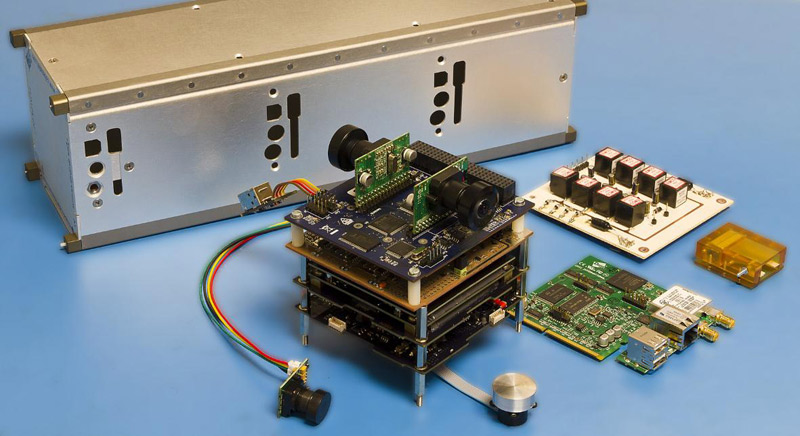
An Android smartphone forms the heart of the STRaND-1 nanosatellite shown here, which will be launched by the British company Surrey Satellite Technology Ltd. in 2011 as part of a technology demo flight.
iPhone with SpaceLab Software
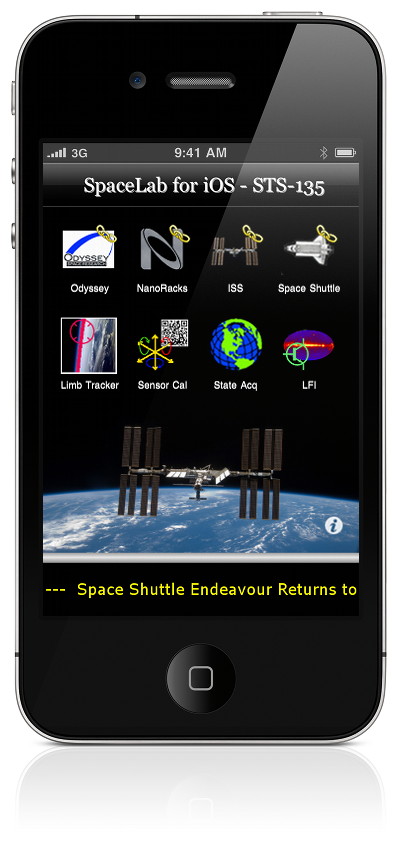
A view of the iPhone 4 SpaceLab for iOS app that will be delivered to the International Space Station on NASA's last-ever shuttle mission STS-135 aboard Atlantis. The two iPhone 4s will be the first iPhones in space.
Join our Space Forums to keep talking space on the latest missions, night sky and more! And if you have a news tip, correction or comment, let us know at: community@space.com.

Space.com is the premier source of space exploration, innovation and astronomy news, chronicling (and celebrating) humanity's ongoing expansion across the final frontier. Originally founded in 1999, Space.com is, and always has been, the passion of writers and editors who are space fans and also trained journalists. Our current news team consists of Editor-in-Chief Tariq Malik; Editor Hanneke Weitering, Senior Space Writer Mike Wall; Senior Writer Meghan Bartels; Senior Writer Chelsea Gohd, Senior Writer Tereza Pultarova and Staff Writer Alexander Cox, focusing on e-commerce. Senior Producer Steve Spaleta oversees our space videos, with Diana Whitcroft as our Social Media Editor.









